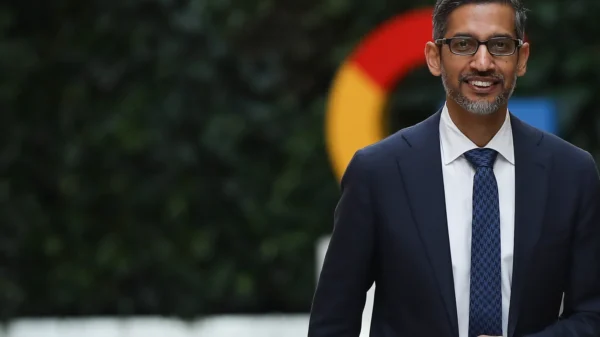In today’s digital age, technology has permeated every aspect of our lives, including the world of art and culture. From the way we create and consume art to the way we experience and interact with cultural institutions, technology has had a profound impact on the art world. In this blog post, we will explore some of the latest trends and developments in art and culture that have been influenced by technology.
Virtual Reality and Augmented Reality
One of the most exciting advancements in technology is the rise of virtual reality (VR) and augmented reality (AR). These immersive technologies have opened up new possibilities for artists and audiences alike. Artists can now create virtual worlds and experiences that were previously unimaginable, while audiences can engage with art in a whole new way.
VR allows users to enter a completely digital environment, while AR overlays digital content onto the real world. Museums and galleries are increasingly incorporating VR and AR into their exhibitions, allowing visitors to explore artworks in a more interactive and immersive manner. This technology also enables artists to experiment with new mediums and push the boundaries of traditional art forms.
Artificial Intelligence and Machine Learning
Artificial intelligence (AI) and machine learning have also made a significant impact on the art world. Artists are using AI algorithms to create unique and innovative artworks, blurring the lines between human creativity and machine intelligence. These algorithms can generate new ideas, create visual compositions, and even mimic the style of famous artists.
Machine learning algorithms are also being used to analyze and interpret art. This technology can help art historians and curators uncover hidden patterns and insights in artworks, providing new perspectives and enhancing our understanding of art history.
Social Media and Digital Platforms
Social media and digital platforms have revolutionized the way we share and discover art. Artists can now showcase their work to a global audience with just a few clicks, bypassing traditional gatekeepers and reaching a larger and more diverse audience. Platforms like Instagram, Twitter, and TikTok have become virtual galleries, allowing artists to connect with their fans and receive instant feedback on their work.
These platforms have also democratized the art world, giving voice to marginalized artists and promoting inclusivity. Artists from underrepresented communities can now find recognition and support online, challenging the traditional power structures of the art world.
Data Visualization and Infographics
Data visualization and infographics have become powerful tools for communicating complex information in a visually appealing and accessible way. Artists and designers are using technology to transform data into compelling visual narratives, making information more engaging and easier to understand.
By combining art and technology, data visualization and infographics have the potential to inform and educate audiences on a wide range of topics, from climate change to social issues. These visual representations can evoke emotions and inspire action, creating a deeper connection between the viewer and the subject matter.
Conclusion
Technology continues to shape and redefine the art and culture landscape in the digital age. From virtual reality and artificial intelligence to social media and data visualization, artists and cultural institutions are embracing these advancements to create new and exciting experiences. As technology continues to evolve, we can only imagine what the future holds for art and culture.



































